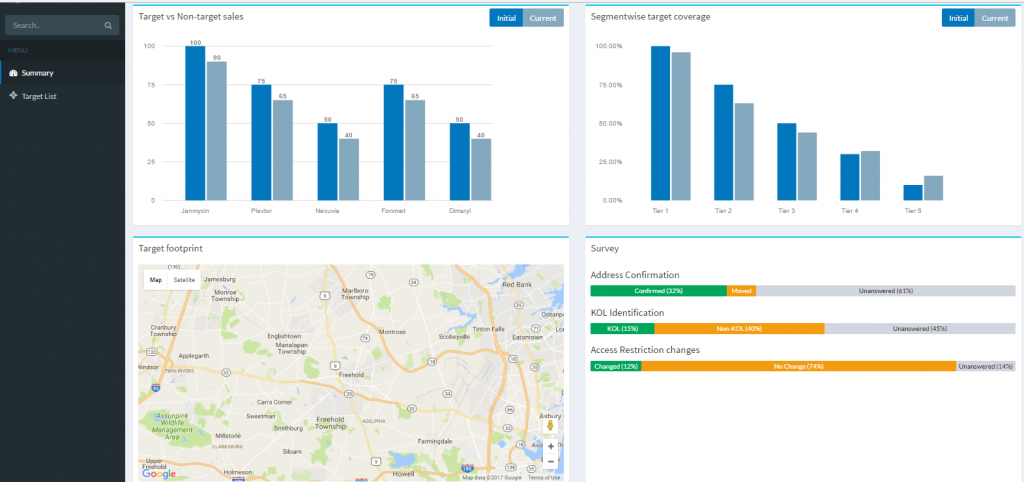Are you converting your localized field intelligence into opportunities? Amit Jain February 21, 2017
- The credibility of input data sources
- Lag in the data collection process.
- The discrepancy of data across various sources due to identifier mismatches, duplication, and other data issues
Headquarters wants the field to accept the information and take relevant actions while due to perceived gaps in information, there is a hesitation on the field representatives side to take required actions. Additionally, this issue does not seem to have a widespread diagnosis for the headquarters however is revealed on a case-by-case basis when individual instances are analysed. From the field representatives perspective, even a moderate inaccuracy rate is perceived as “the data is wrong, the insights are useless”.
In such scenarios, the best practice is to develop and deploy a platform to gather field intelligence and acknowledge the wisdom of the feet on the street. This provides credibility to the whole analysis exercise, improves data used for the relevant problem statement and gains early buy-in from field representatives for the action plan resulting in timely actions post-rollout.
This Deploying such a collaborative approach with your field representatives allows HQ to corroborate information procured from various internal and external data sources with field knowledge.
Let’s consider an example from the pharmaceutical industry. There is a prevalent practice in the industry where HQ shares a specific target list of doctors with each individual salesperson. These target lists are critical because the salesperson’s quotas are often determined based on this target list and its potential. Salespeople constantly complain about the movement of doctors out of their territory or restricted access to certain doctors/prescribers. Deploying a field intelligence platform in this situation can help HQ give control to salespeople to validate their target list (add, and delete based on certain pre-defined constraints) along with providing additional profile information about the prescriber. This web-based platform can also allow salesforce to confirm prescriber attributes and provide other relevant intelligence about the prescriber based on either their local market knowledge or their last few discussions with the prescriber.

Incentius’ Field Intelligence platform can enable HQ to perform the above functions and additionally to gather extra field intelligence with the help of survey questions about the prescriber on various topics. Some of the questions can be along the lines of:
- Is this prescriber a Key Opinion Leader?
- Are there any access restrictions with this prescriber?
- Is this prescriber a competitor product loyalist?
- Is there a need to reach this prescriber using other marketing channels?
- Should this doctor be invited to specific congresses/conferences etc.?

The survey questions are only representative and completely customized to address specific client needs.
In addition to this, the salesperson is able to see the near real-time impact of changes he has made, giving him insight into the impact and ensuring that it is in line with expectations.

You can access a prototype of the Incentius Field Intelligence platform at – Demo Link:
This collaborative approach allows HQ to corroborate the information they have received from various data sources with field knowledge and use that for downstream analytics, making the outcome much more credible and resulting in timely actions from the salesforce.


